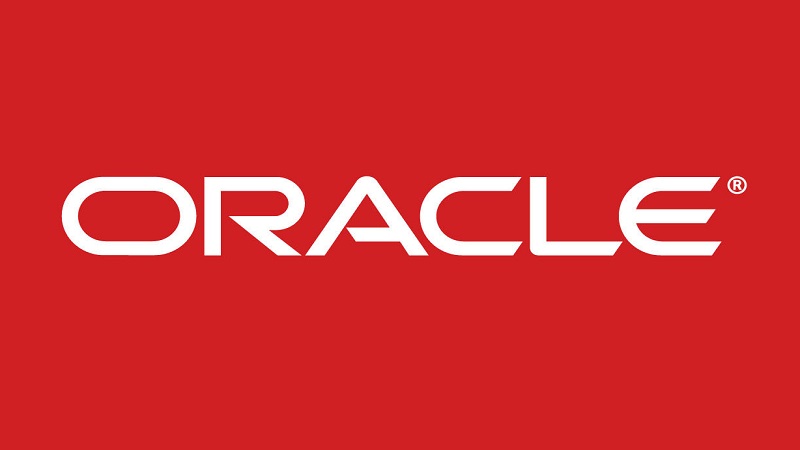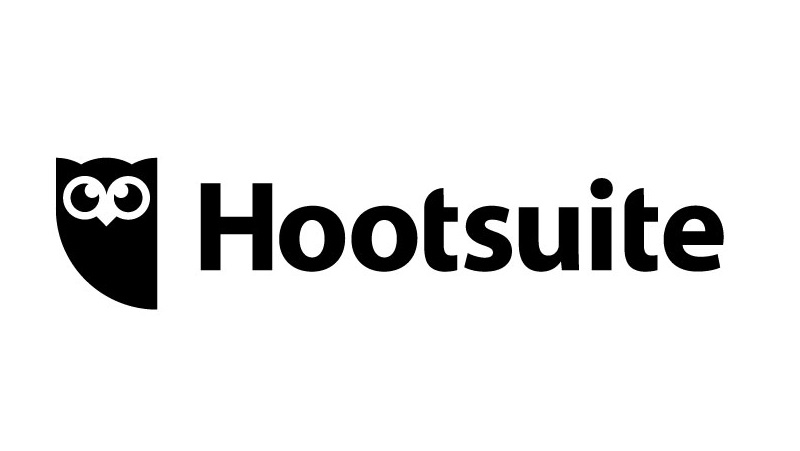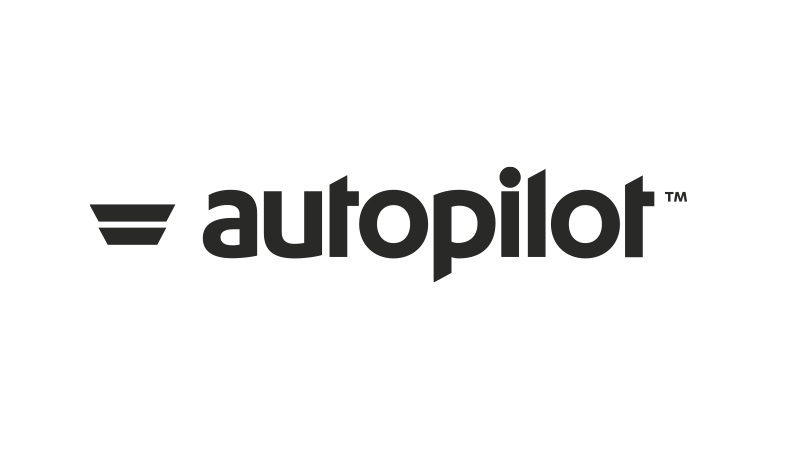Tips for successful customer journey mapping
By Leanne Coker, Service Design Lead at dxw
Approach mapping in the same way you would any other design task – by starting with user needs and testing it. Recognise that the formats we’re used to as designers (blueprints, journey maps, and the like) are not always familiar to the intended audience and in fact may not align with their mental model.
Make time at the start to think about who the map is really for – is it for the team, internal stakeholders, external stakeholders? It’s probably likely to be a combination. Think about their needs and accommodate them. Create different versions if you need to.
Before you’ve invested too much time in creating a work of art, test your idea with different audience members. It might be a blank or partially complete template but there are still valuable things to learn by showing it to people. Ask if it makes sense to them? Can they work with the format? This will save time reworking things down the line and help make the map more effective.
Don’t feel constrained by templates and prescriptive formats
There are standard map formats and templates, and they are really helpful. They prompt us to think about the right things, save time, and overcome blank sheet paralysis. However, there are some pitfalls to watch out for.
For example, a project brief might ask for a customer journey map or service blueprint because it’s the done thing. But without a clearly understood purpose and audience it might not add value. Other traps to avoid are letting our thinking become constrained by the boxes and lines on a map template or getting bogged down trying to populate all the sections with detail that’s not useful.
We might start with a template but then tweak the structure to fit our particular needs right now. Sometimes we may only be interested in certain rows from that blueprint, or we might want to create a hybrid map that’s a user journey/service map mashup. We might want to create something totally new and that’s okay too. Freestyle mapping can land us at the most elegant and impactful result.
The mapping process is as important as the outcome
Co-creating maps with the team or wider stakeholders can be a great way to gather information and generate a shared understanding. It also supports collaboration and effective decision making. But it’s not always best done in this way and the decision to co-create or not will depend on why you’re producing the map as well as access to information, people, and time.
If you’re creating a map on your own, the process can still be a learning experience. It helps us organise and synthesise our own thoughts. It will generate important questions and discussions. Make sure you don’t lose them. Write them down and follow them up.
Get comfortable with imperfection
A map is only ever going to be a representative model of the world so don’t get hung up on perfection. Our maps are only ever drafts too, as the world and our thinking are constantly evolving. So, when the time comes to share a map we’ve been working on, we can stick a date on it and be happy that this is the best model we have right now.
We shouldn’t feel limited by the fidelity of our maps but instead appreciate the clarity that a simplified view of a complex world can bring.
Describe it properly
It’s essential to properly label the map and provide a description of its purpose and what it’s trying to communicate. Make clear whether it’s a map of the current or future state and at what stage of the project it was produced. A good map should be based on reliable source information from user research or other documentation – make sure this is referenced too. It’s also good practice to add the names of the creators and make it clear who owns and maintains it.
Be aware of the pros and cons of doing this work remotely
Lots of us are missing sticking post-its on whiteboards and other physical artefacts right now. While virtual whiteboards have been a life-saver for many in 2020, they have pros and cons. These tools can add a layer of complexity and constrain creativity when doing service mapping. For some, working on a small screen can feel claustrophobic and mean that we lose some of the context or zoomed out perspective. Being aware of these limitations when choosing a mapping approach is helpful.
Covering a wall in our own home with post-its might help to overcome some of these challenges. Others won’t be there to see it but we can take a photo or digitise and share afterwards.
Remote service mapping does have its benefits too though. With whole teams and organisations working from home, more people are becoming familiar with online mapping tools and this can create new opportunities for collaborative mapping and visual thinking.






